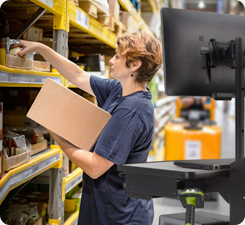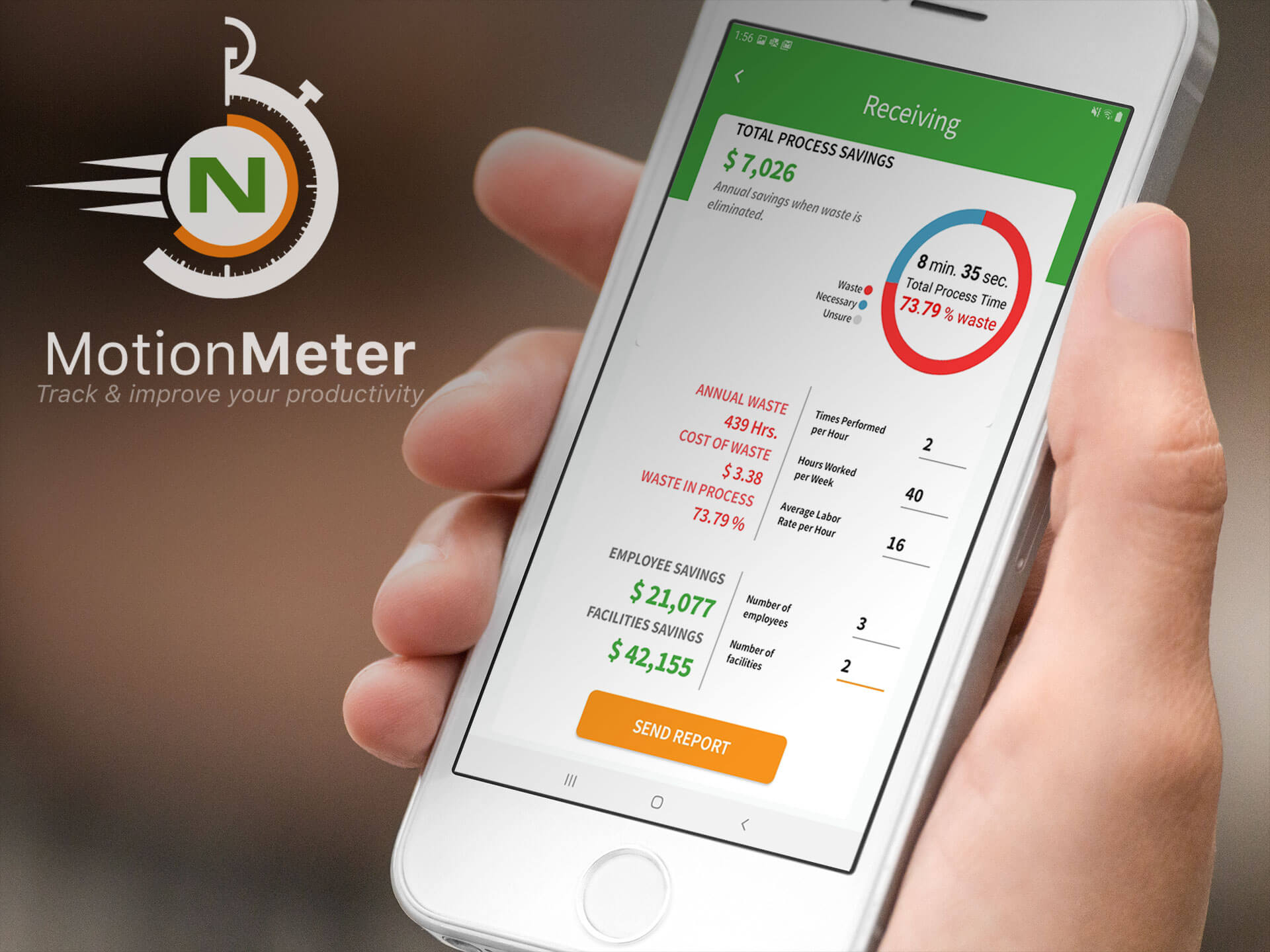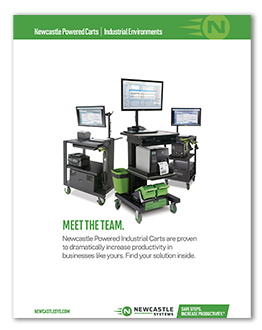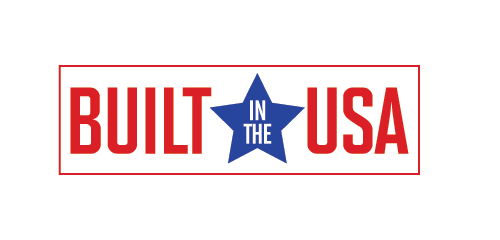
Order fulfillment, also referred to as outbound logistics, plays a critical role in customer satisfaction and business success. But that doesn’t mean you can ignore other aspects of your operations. Inbound logistics, which is the process of receiving products into your warehouse from suppliers, is just as important. Here’s how both outbound and inbound quality control (QC) play a role in your business and how you can make some key QC improvements.
Inbound versus Outbound Logistics — What’s the Difference?
Inbound logistics covers the items coming into your warehouse, and outbound logistics covers those going out through the order fulfillment process. Inbound starts with finding reliable suppliers for your products, coordinating deliveries, and managing the process of getting the items onto the right shelves once they come into your warehouse.
Outbound logistics covers everything from receiving orders to delivering customer service following the sale. It includes accurately and efficiently picking and packing items, choosing the right shipping channels, and creating tracking for visibility.
What is Quality Control in the Warehouse?
 Warehouse quality control is the process of evaluating and monitoring the quality of your warehouse and its operations. It assures that the work you are doing is being accomplished according to internal standards set by your business as well as any external standards set by your industry or other regulators.
Warehouse quality control is the process of evaluating and monitoring the quality of your warehouse and its operations. It assures that the work you are doing is being accomplished according to internal standards set by your business as well as any external standards set by your industry or other regulators.
While there are several different types of quality control, the type used in warehouses is generally known as “process control.” This involves monitoring and adjusting processes to ensure a desired and consistent result with a minimum of disruptions and variations. The primary focus is on preventing errors and maintaining stability by continually evaluating and improving internal processes.
Why Your Business Should Focus on Outbound and Inbound QC
Prioritizing efficient inbound and outbound logistics means more than just getting things done faster. There are some strategic advantages to implementing quality control in your warehouse:
1. Better Operational Efficiency
By implementing proper quality control and streamlining your warehouse processes, you’ll be able to boost operational efficiency. For example, creating a better labeling system for outgoing products will reduce the possibility of errors in the picking process
2. Higher Customer Satisfaction
When you integrate quality control measures throughout your warehouse processes, it will increase customer satisfaction. For example, higher QC results in fewer errors, meaning customers get what they ordered and will be less likely to receive damaged products. Your business will gradually build loyalty and trust through these efforts.
3. Improved Cost Savings & Fewer Risks
Finally, a QC program can help your warehouse save money by avoiding the costs and other problems associated with overstocking, understocking, misplaced inventory, incorrect shipments, and damaged products. You will be able to reduce waste and even rein in some of your storage costs through greater efficiencies.
Key Components of Warehouse Quality Control
Warehouse quality control is more than just having checklists; it’s a critical aspect of running a successful business that thrives on continuous improvement. To accomplish this, QC should become a part of every aspect of the business, not just outbound activities. Some of the key components of your QC program might include:
Incoming Products Inspection
As part of your inbound QC program, there should be regular inspections of all goods coming into the warehouse. This can prevent damaged or incorrectly labeled goods from being placed on your shelves. It can also establish a stronger baseline with suppliers, who will need to meet your standards if they want to continue doing business with your company.
Inventory Management Activities
QC also means you are ensuring the inventory data you have is accurate and timely. If your inventory system gives you one figure, but the items on the shelf don’t match, you could have a stockout or other issues that will impact the business.
Organization and Storage Standards
 Warehouses can’t expect to maintain high quality standards if they are disorganized or not laid out efficiently. You’ll want to take a detailed look at your storage space as well as your fulfillment flow processes. How you organize will be based on a variety of factors, such as the types of items you store and their frequency of turnover.
Warehouses can’t expect to maintain high quality standards if they are disorganized or not laid out efficiently. You’ll want to take a detailed look at your storage space as well as your fulfillment flow processes. How you organize will be based on a variety of factors, such as the types of items you store and their frequency of turnover.
Order Fulfillment Processes
A large part of your QC will take place during your order fulfillment process, which is outbound QC. This will involve injecting quality control measures into all aspects of the picking, packing, and shipment functions to reduce errors and improve overall efficiency.
Warehouse Quality Control Tools and Techniques
Once you understand the various components of warehouse QC, you can begin to implement them with various tools and techniques.
Quality Inspections and Audits
Warehouse inspections and audits are comprehensive examinations that are generally conducted by management. Their purpose is to measure efficiency, performance, and quality in the warehouse using various metrics. These audits should be performed periodically, but at least quarterly.
Technology and Labeling as Quality Control
 One of the best ways to implement QC measures in the warehouse is by leveraging technology and automation solutions. Warehouse management systems (WMS) have been game-changers in this industry, allowing businesses to track and monitor the flow of goods through the facility in real time.
One of the best ways to implement QC measures in the warehouse is by leveraging technology and automation solutions. Warehouse management systems (WMS) have been game-changers in this industry, allowing businesses to track and monitor the flow of goods through the facility in real time.
Many warehouses have also implemented mobile powered carts, enabling on-site printing of labels. When workers can print labels and use RFID technology during the picking and packing process, this streamlines operations and reduces errors. Labeling accuracy as a quality control measure can ensure the right quantities and items are pulled from shelves and the correct shipping labels are applied to outgoing parcels.
Employee Training and Development
Employees must be trained to maintain high-quality standards. For example, if you use certain technology solutions or standard operating procedures, you’ll have much higher success rates if everyone understands their responsibilities. You will also get more employee buy-in if you outline the reasons for the standards, such as improved safety and better customer satisfaction.
The absence of quality control in your warehouse will result in plenty of waste, increased errors, and higher customer dissatisfaction rates. In other words, QC is something your warehouse should strongly consider as a business priority. Fortunately, good QC practices combined with technology solutions like on-site label printing and inspections can make your operations more efficient and increase profits.












